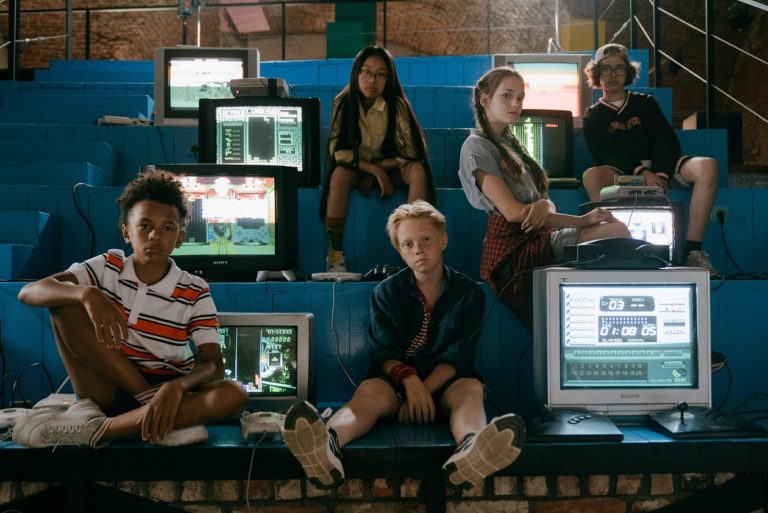
Becoming viral through a voice-over? TikTok Latest Update
In the current highly competitive digital panorama, being the most downloaded app of 2020 is not a trivial title. Although TikTok’s growth came as a surprise for many, the fun interface and personal timeline in this new social media are an obvious recipe for success.
Whether it is “memes”, dances or challenges, millions of users daily engage with each other using low-budget creativity that is extraordinary, nevertheless. Scrolling through the “for you page” it becomes clear that the key to becoming viral in TikTok does not uniquely rely on mastering its infamous algorithm, but in wisely orchestrating the app’s elements to create a snippet that may captivate the audience.
In order to do so, having a captivating sound is a must. In fact, this medium is perhaps the main aspect contributing to TikTok’s recent prosperity, as its default sound-on nature demands full attention from its users. Thanks to this quality, anonymous creators and superstars are able to reach a great audience by interpreting, sharing their songwriting or music mixes.
The app knowingly recognizes the talent from their audience, and for this reason, they continuously implement more features that practically turn any phone into a professional studio. From green screen filters to voice modifiers, TikTok expands its possibilities with every update, recently including a nod to our own industry with voiceovers.
Tiktok’s Newsroom declares:
Voiceovers have been used in visual storytelling for years and offer creators a way to expand inner monologues, interesting perspectives, and character development within a narrative. Movies like Goodfellas, The Sandlot and Fight Club are just a few films that utilize the voiceover. (See more)
And although the available voiceovers are not professionally made, they highlight why voice narrations are an essential tool if you desire to publish engaging content.
How do voiceovers improve storytelling?
When we wish to show an accomplishment, a trick we have tried or a new restaurant we just visited, we often find ourselves in scenarios where we are unable to describe our emotions at that present moment. The difference between a diegetic and nondiegetic sound is that the latter can be added handily when the user decides. For this reason, it is a much more convenient alternative for those facing a time and place where narrating is not an option.
Until the incorporation of voiceovers, people had to limit themselves to writing a text and choosing a song to cover the silence. This was an unpopular choice due to the lack of interaction by users, that scrolled by those videos that lacked a voiceover.
Aware of this issue and the possibilities that it could bring to the creators, a recording tool was added where people could narrate the events on the screen using their own voices. Although unusual at first, users and brands quickly adopted the format to create fun sketches, explain what was going on in their minds, or expose their suspicious pet’s inner monologues.

Another path to accessibility:
As well as the comedic or dramatic effect that voice narrations add to the video’s plot, voice evers also attain to audiences with struggles to read, sight issues, or blindness. The same way as in TV voice overs, images without sound would not only be very dull, but also restricting to these audiences.
In this line, TikTok’s voice over studio has gone one step further to ensure the inclusion of everyone in their platform through the accession of an automated voice that narrates the text on screen. This way, those that want to keep their anonymity, that do not wish to disclose their voice because of gender dysphoria or shyness or those with speech impediments, are also able to participate in every trend.
Then… Will automated voices like the TikTok narrator take over professional voice overs?
You may breathe now, because this is certainly not on the industry’s horizon.
Although free voice acting is a great idea in terms of inclusion, they do not provide the human factor that make voice overs so special. In fact, the current automated voice narrator received a lot of backlash due to its robotic character and the abundant pronunciation mistakes and reading errors that it holds. Because of it’s universal character this is a common issue. On the contrary, international voice actors are able to avoid such mistakes and offer a local accent to a specific narration.
When it comes to securing that your audience engages with your content, cheap voiceovers like the TikTok tool will probably not work. Fortunately, in VoiceArchive we have a hold of the best voice over actors that are yearning to give your brand a unique tone and correct pronunciation that even though has not yet arrived to every user of TikTok, it will surely make an impact on them.

Let's make some voice
Have a project in mind? We’re all ears.

Anna Sticken
Key Account Manager


